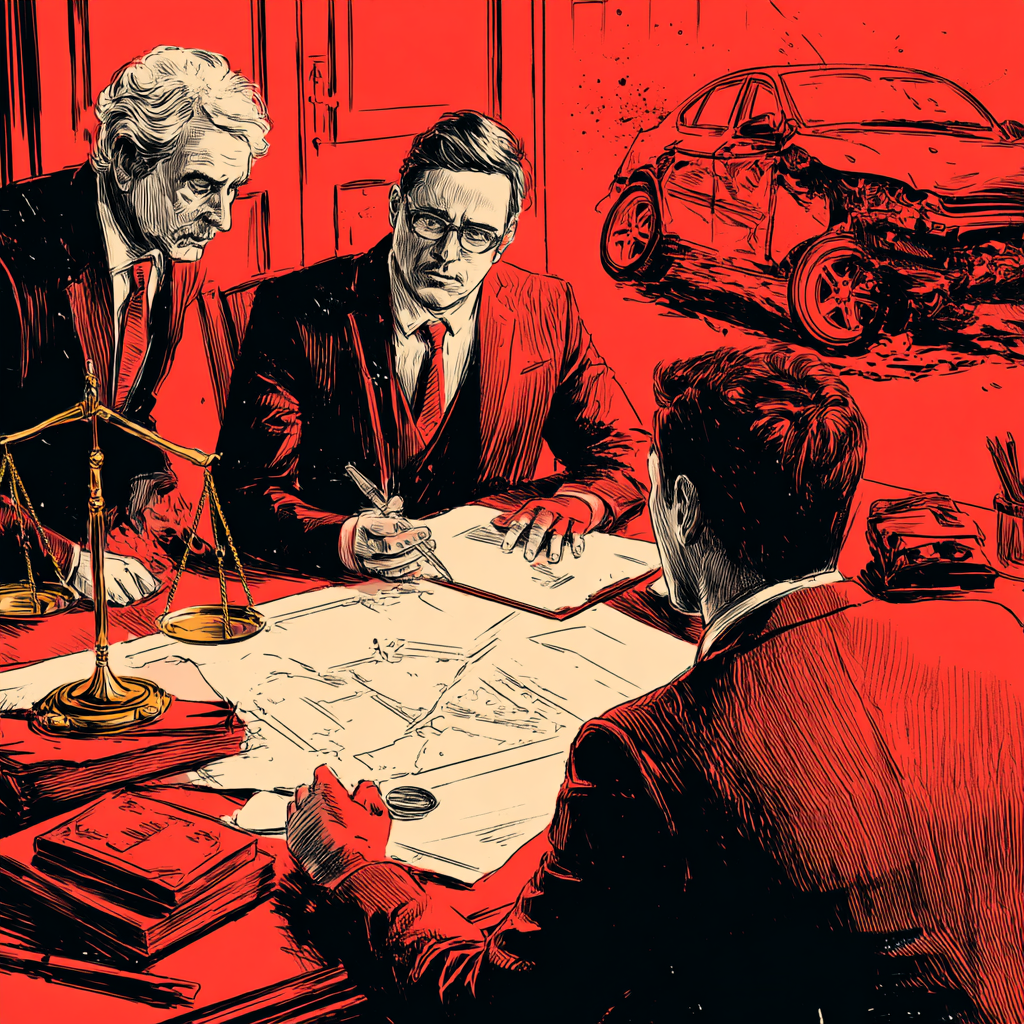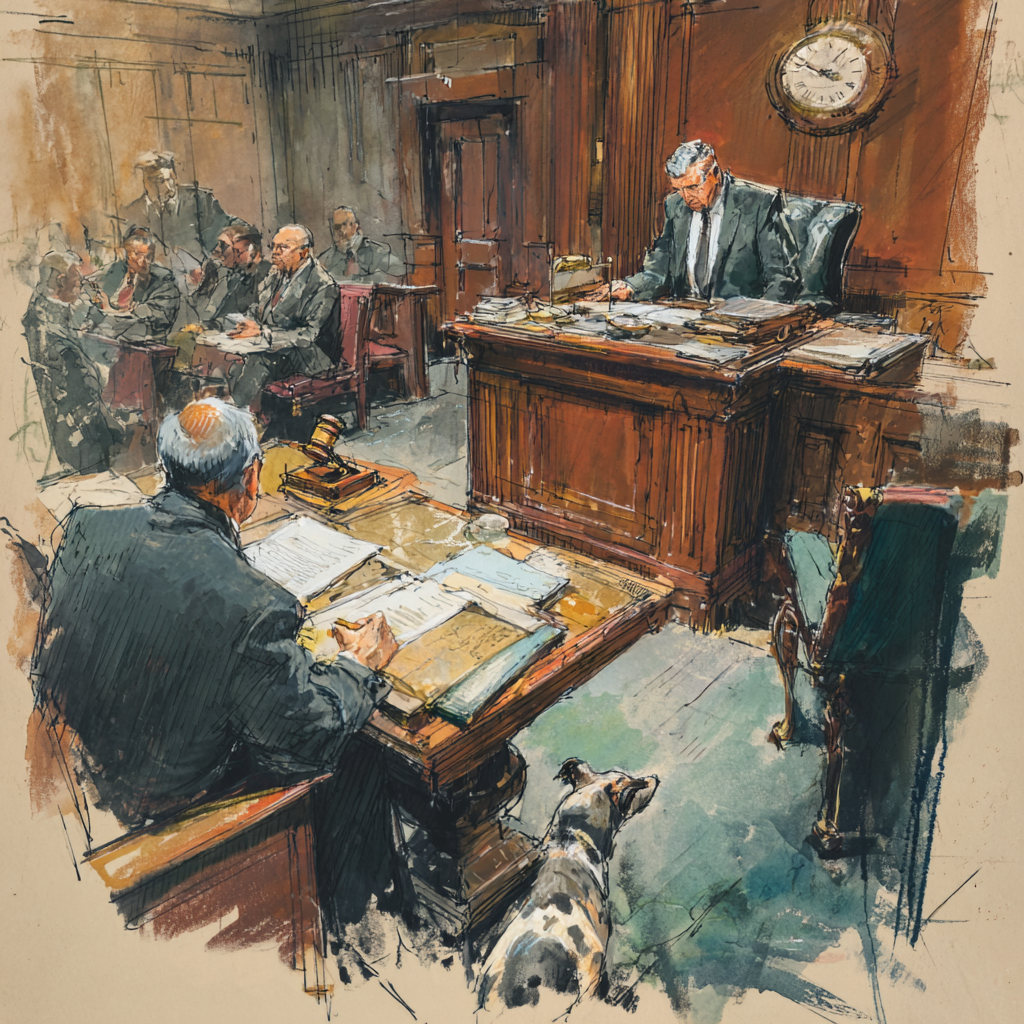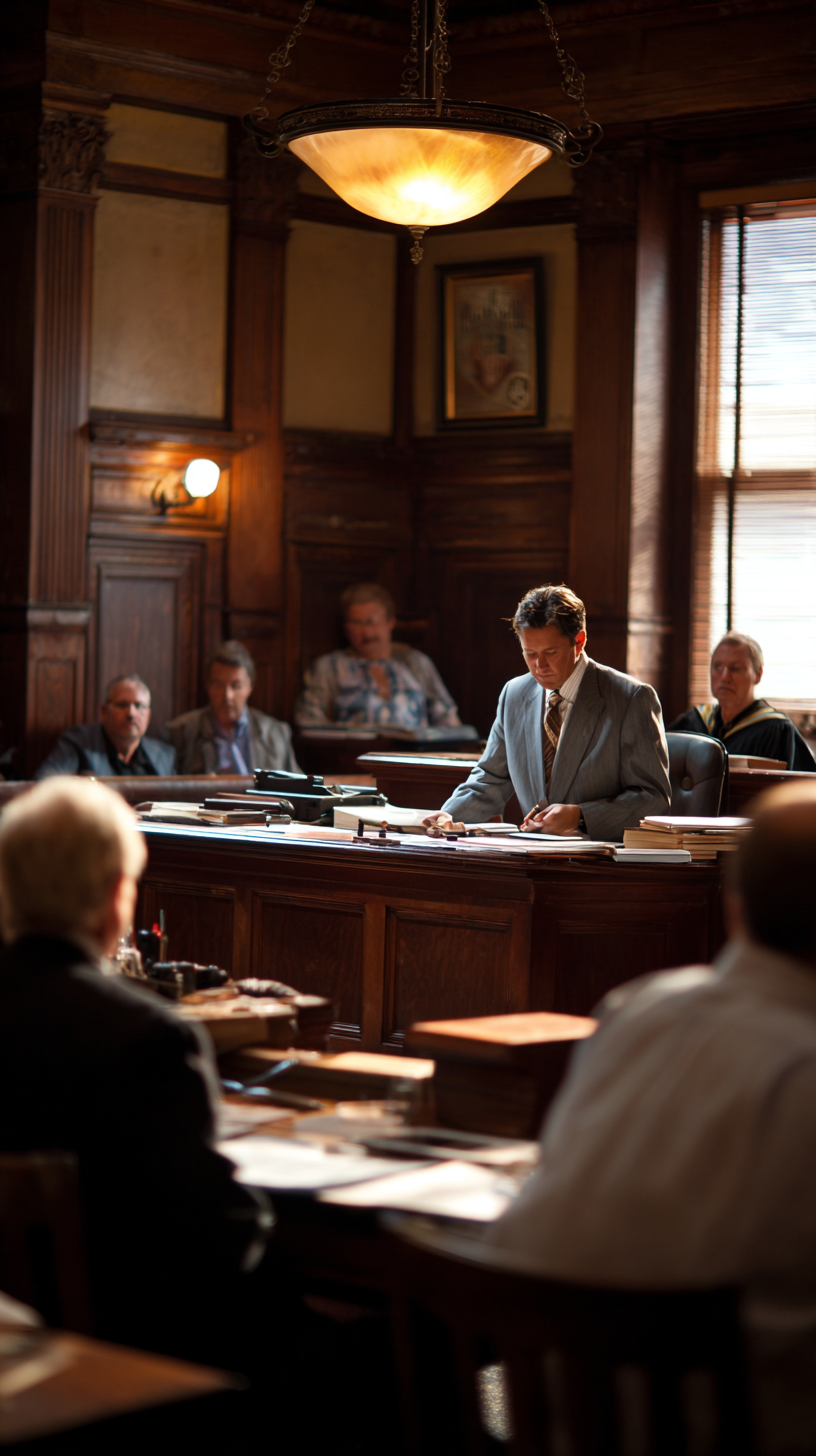IME no-show case #1
American Tr. Ins. Co. v Clark, 2015 NY Slip Op 06759 (1st Dept. 2015)
“Here, although plaintiff established that the notices of the scheduled IMEs were properly mailed and that Clark did not appear, plaintiff failed to show that the scheduling of the IMEs complied with Insurance Department Regulations (11 NYCRR) § 65-3.5(d), which prescribes a 30-calendar-day time frame for the holding of IMEs (see W.H.O. Acupuncture, P.C. v Travelers Home & Mar. Ins. Co., 36 Misc 3d 152[A], 2012 NY Slip Op 51707[U] [App Term, 2d Dept 2012])”
The court in Who stated as follows:
However, defendant was not entitled to summary judgment dismissing plaintiff’s claims for $728.28, for dates of service July 21, 2008 through August 14, 2008, and for $171.36, for dates of service August 20, 2008 through August 25, 2008, because, according to the proof submitted by defendant in support of its motion, the first IME had not been scheduled to be held within 30 days of defendant’s receipt of those claims, as required by Insurance Department Regulations (11 NYCRR) § 65-3.5 (d).
Ime no-show case #2
American Tr. Ins. Co. v Longevity Med. Supply, Inc., 2015 NY Slip Op 06761 (1st Dept. 2105)
“Here, although plaintiff established that the notices of the scheduled IMEs were properly mailed and that Estrella did not appear, plaintiff failed to show that the scheduling of the IMEs complied with Insurance Department Regulations (11 NYCRR) § 65-3.5(d), which prescribes a 30-calendar-day time frame for the holding of IMEs”
The dissent is interesting and lest it be me to argue with the Appellate Division, but footnote #7 explains why Unitrin has been a touchy issue: “I note that section 65-3.5(d), ostensibly requiring that an IME be scheduled to be held within 30 days of the insurer’s receipt of the prescribed verification forms, is in tension with the mandatory personal injury protection endorsement prescribed by 11 NYCRR 65-1.1(d), which provides: “The eligible injured person shall submit to medical examination by physicians selected by, or acceptable to, the Company, when, and as often as, the Company may reasonably require” (emphasis added).” My thought was consistent with that since you cannot void a policy ab initio if you apply 65-3.5(d). Notice the concept of voiding the policy is toast.
Footnote #9: “The majority can hardly fault plaintiff for not making an alternative request for partial summary judgment in its brief, considering that the majority’s decision turns on an issue that was never even mentioned in Supreme Court.”
Voiding a policy will only apply when IME’s are scheduled immediately after notice of a loss. It is in that postulate that the 30-day requirement will be achieved. Is this a proper way to handle claims, however?
EUO no-show case
National Liab. & Fire Ins. Co. v Tam Med. Supply Corp., 2015 NY Slip Op 06763 (1st Dept. 2015)
“Plaintiff no-fault insurer moved for summary judgment declaring that its policy does not provide coverage to the individual defendant for the subject accident based on her failure to appear for scheduled examinations under oath (EUO). Although the failure of a person eligible for no-fault benefits to appear for a properly noticed EUO constitutes a breach of a condition precedent vitiating coverage (see Hertz Corp. v Active Care Med. Supply Corp., 124 AD3d 411 [1st Dept 2015]; Allstate Ins. Co. v Pierre, 123 AD3d 618 [1st Dept 2014]), here defendants-respondents, assignees of the defaulting individual defendant, opposed plaintiff’s summary judgment motion on the ground that plaintiff had not established that it had requested the EUO within the time frame set by the no-fault regulations (see 11 NYCRR § 65-3.5[b]). In its reply, plaintiff failed to supply evidence bearing on whether the EUO had been requested within the appropriate time frame. Accordingly, plaintiff’s motion for summary judgment was properly denied.”
The EUO’s must be requested within 15 business days (no more than 30-calendar days) from receipt of the billing. Similar to above, the concept of voiding a policy does not seem to exist anymore. What is also interesting is the Court allowed Plaintiff (in reply) to present evidence for the first time in its reply to present evidence relative to when bills were received.










2 Responses
i would like to take the credit for this decision, National Liab. & Fire Ins. Co. v Tam Med. Supply Corp., 2015 NY Slip Op 06763 (1st Dept. 2015) our moderator has come up short yet another time
Oleg.. open thy hand, raise above head, bend at elbow, now your hand will be at your back. Now, pat generously. Good day sir. Your moderator.